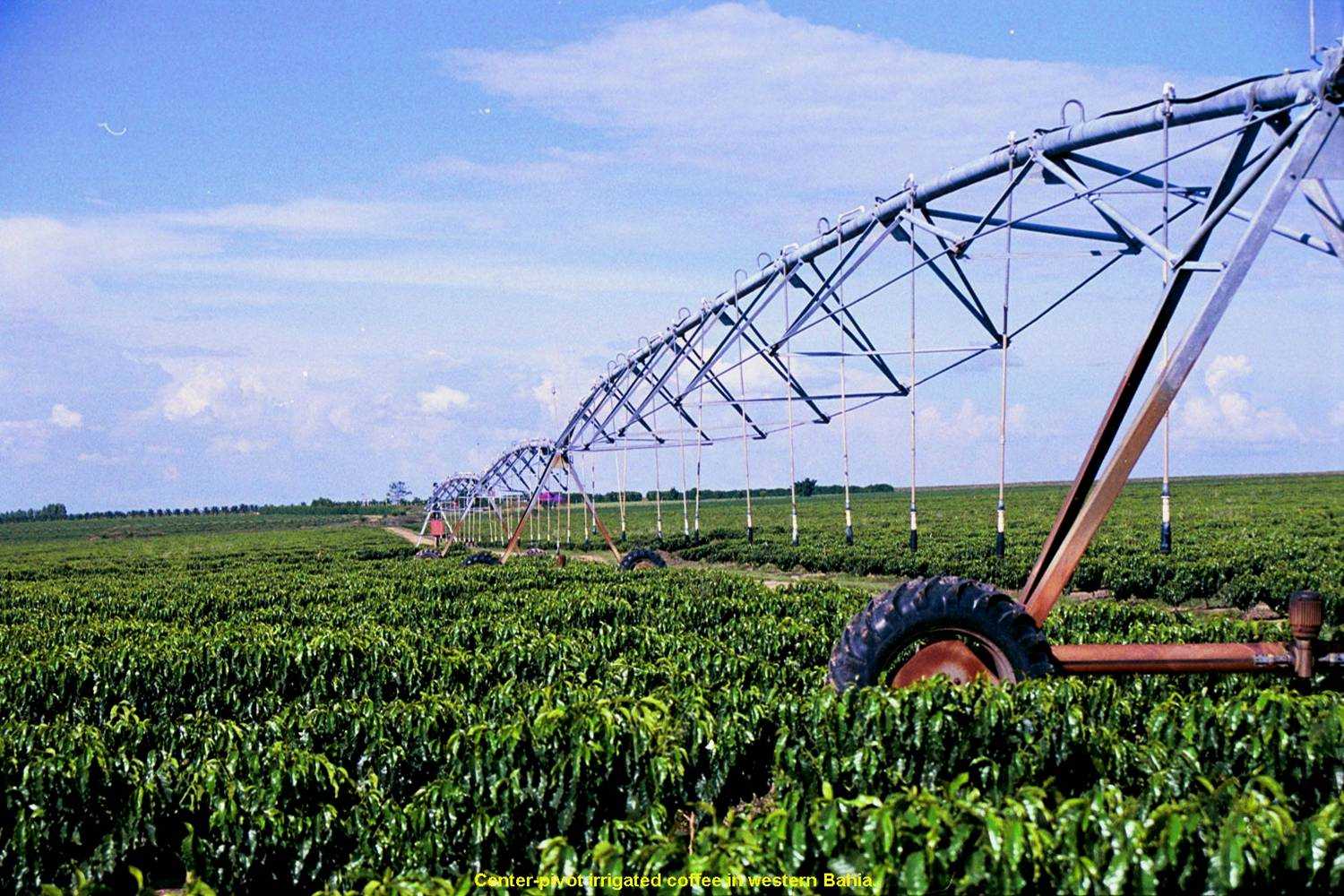PIRACICABA, Brazil — After a record production in 2018/19, Brazil may harvest a good volume in the 2019/20 season, says Cepea – the economic research center at Esalq (“Luiz de Queiroz” College of Agriculture), USP (University of São Paulo), in Piracicaba.
In spite of the negative biennial cycle in most arabica coffee crops, weather conditions have favored the development of the plants, which may push up yield. In this scenario, prices for arabica both in the domestic and international markets may remain at lower levels compared to other in negative biennial cycle.
Besides the positive scenario for arabica, the production of robusta may also increase in 2019/20. Good volumes of rain from August 2018 onwards favored the recovery of coffee crops after the harvesting, as well as the flowering and the settlement of fruitlets. Some coffee crops in Espírito Santo and Rondônia were already at the grain fill stage in December. As a result, many players expect a similar or even higher volume compared to 2018/19.
It is important to mention that most countries that purchase Brazilian coffee had closed trades in 2018/19, due to the bigger production in Brazil and in other producing nations. According to the USDA, the 2018/19 crop may hit a new record, of 171.16 million bags. Colombia may produce 13.8 million bags of arabica coffee in 2018/19 and Vietnam, 30.4 million bags of robusta. As a result, global stocks may recover, totaling 32.82 million bags at the end of the season, 11.6% up compared to the previous.
In spite of the high supply in 2018/19 and good expectations for 2019/20, some aspects may boost quotes in the upcoming months. Besides the influence of El Niño in early 2019 in Brazil and in other producing countries, the possible occurrence of coffee borer beetle and lower quality of Brazilian crops in 2019/20 may reduce the pressure on values. However, these impacts will be more accurate after the grain fill stage.
Moreover, the USDA estimates an increase of the consumption both in Brazil (+3.1%) and in the world (+2.8%) in 2018/19, also limiting price drops.
Another aspect to consider in 2019 is the lower purchase power of the producer compared to inputs. Up until now, this scenario has resulted in delay of purchases and the replacement for cheaper products.










